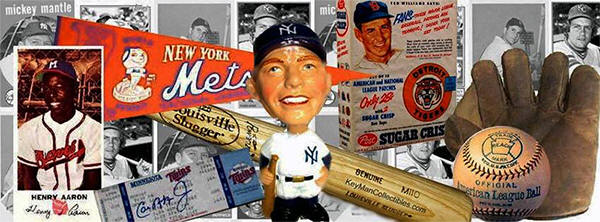| |
Did you ever wonder why there is a
price stamp on the back of a 1954
ticket stub? For many years, when these
tickets came up for auction, sellers
would leave it out of the description,
ignore it, not show the back or write
it off as a minor flaw stating that
someone stamped the back. No
explanation was given for why the stamp
was there. Few people knew the reason.
On April 1, 1954 the newly-enacted admissions tax cuts went into effect.
There were various plans for the
amusement industry (theatrical and
sports groups) to raise the admission
price on tickets paid for prior to
April 1, but which have not yet been
issued. Baseball teams typically
printed tickets well in advanced of the
season opener, which was usually around
or by
the second week of April.
The IRS issued Guidelines for baseball
clubs that sold tickets prior to April
1 for games played after that date. The
ball clubs were to choose one of the
three alternatives: (1) It can refund
to patrons the difference between the
old rate of tax and the new; (2) It can
give the government the full amount of
the old rate of tax and refund nothing,
and (3) It can raise it's price of
admission so that the total price plus
the new rate of tax will equal the
total selling price of the ticket.
The only requirement for the third option, ball clubs must report the
price increase to the IRS so that the
tax liability can be determined. As
long as the tickets were overstamped
with the new price and the tax applicable
after April 1 the IRS said it's up to
the patron either to accept the ticket
or to receive a full refund for it. The
IRS also explained that ticket sellers
can continue to use tickets printed
before April 1, until they can order
properly printed tickets or have their
present tickets overstamped to show the
new tax rate. If this is done the IRS
added, signs showing the admission
price and tax, must be posted
conspicuously at the outer entrance and
at each ticket window of the ballpark.
Grandstand or and bleacher tickets were not sold in advanced but on the
day of the game. These tickets could be
dated to before or after the new
tickets were printed and put into use.
For example the Yankees Grandstand and
Bleacher tickets have the overstamp on
tickets printed for game 1-20 (shown
Above) and tickets printed for games
21-77, after or on May 23, have the
correct price and tax rate.
Tickets for other seating plans sold in advanced, that were printed before April 1,
and before the date the baseball
club received the new tickets, for games
late in the season have the price
adjustment overstamp as well. The stamp
appeared on the back of the stubs, and
shows the Est. Price of the ticket, the
Fed. Tax added, and the Total Price for
admission.
The price adjustment stamp has not effected the collectors value for
tickets in the past, but tickets or
stubs that feature this stamp might now
carry a premium.
|
|


